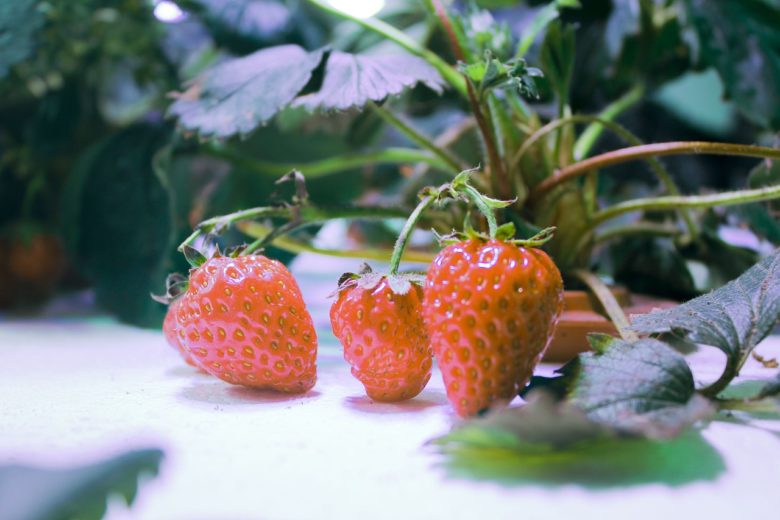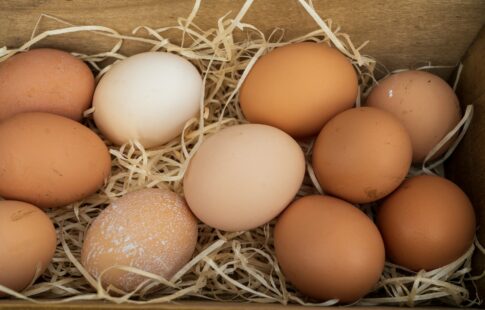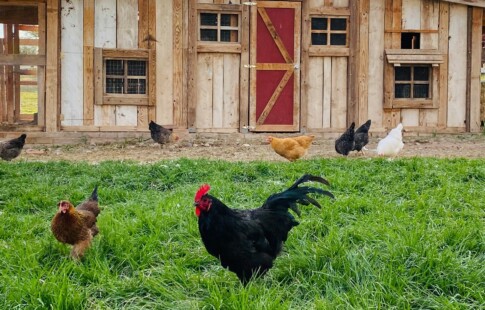
Aeroponics vs. Hydroponics: Is One Better for the Planet?
We are reader-supported. When you buy through links on our site, we may earn affiliate commission.
Hydroponics and aeroponics are both examples of soil-less growing methods and require cultivating crops in a climate-controlled environment. Hydroponics requires a growing medium, such as perlite, coconut husks or gravel, and deliver a nutrient solution to crops through water. Aeroponics, which is sometimes considered a type of hydroponics, cultivates plants without a growing medium. Most operations suspend them from a tray and use a spray mister to deliver nutrients. Both growing methods have gathered attention as climate-friendly alternatives to soil-grown crops. Is one better for the planet than the other, though?
When comparing aeroponics vs. hydroponics, it’s hard to say. Both are incredibly water efficient, require less space than traditional agriculture and tend to use fewer chemicals. However, there are minor differences that can significantly affect their carbon footprint. Here are just a few factors to consider when comparing aeroponics vs. hydroponics.
System Maintenance
Hydroponic and aeroponic systems require close attention to detail, as growing conditions must be constantly monitored and adjusted. Because crops are grown in a climate-controlled environment, everything must be checked for temperature, pH, moisture levels and any signs of disease. Making sure the system runs as efficiently as possible ensures a lower environmental impact.
When it comes to maintenance, hydroponics has a slight advantage over aeroponics. Aeroponic systems require constant attention and need close regulation for pH and nutrient density since plants receive a direct dose through a mister or sprayer. Aeroponic pumps also need more maintenance, since the nozzles can easily become clogged due to mineral deposits.
Water Usage
Similar to other sustainable farming practices, like cover crops and no-till growing, hydroponic systems focus on minimizing overall water usage. A reservoir carries water to a grow tray, delivering fluid and nutrients to the plants. In aeroponics, the roots usually hang down from a secure shelf or board, and a basket is placed below. However, some aeroponic systems simply mist the entire space and do not submerge plants for any amount of time. Hydroponics uses more water per cycle, but also reuse the majority of the water required. Aeroponics uses less water but may require more maintenance since the nutrient solution must be precise and the nozzle must be perfectly operable.
Overall, aeroponic systems are more water-efficient, but it is hard to draw an exact comparison. Hydroponics water usage is measured in gallons per hour, while aeroponic pumps are measured in pounds per inch, or the pressure exerted to distribute the nutrient solution. The ultimate water usage depends more on the scale of the operation and the crops being utilized.
Plant Disease
One of the benefits of hydroponics is a decreased need for pesticides since most plant problems arise from disease, not pests. The same is true of aeroponics, though perhaps even more so. Though hydroponics experience very little pest pressure, systems are vulnerable to fungal and bacterial diseases, especially if the water source becomes polluted.
On the other hand, aeroponics has nearly no pests or disease pressure, since they are almost always exposed to oxygen. While aeroponics experience less disease, most systems require more technology than hydroponic systems to monitor each plant’s health. Since the crops are constantly oxygenated, they run a high risk of drying out, which may result in total crop loss if not monitored closely.
Energy Source
Many forms of sustainable agriculture focus on using fewer inputs and fossil fuels and relying less on machinery. However, hydroponics and aquaponics are both climate-controlled systems that require a stable connection to electricity, water and wireless. While the environmental benefits of these systems outweigh the power used, it is worth noting that these operations are not totally sustainable and still rely on the energy grid.
The difference in required power for either system is negligible, and the overall energy investment is also comparable. However, the resiliency factor is slightly different. Hydroponic systems can still survive for a few hours if the electricity were to go out. With aquaponics, even a slight delay could cause permanent damage, making the system incredibly vulnerable. With both methods, one plausible solution would be to better integrate renewable energy into commercial operations.
Aeroponics vs. Hydroponics: Which is Better?
The environmental benefits of aeroponics vs. hydroponics are comparable, with very slight differences. Both soil-free methods are much greener than conventional farming, but they do require a constant electricity source. When comparing hydroponics vs. aquaponics in terms of carbon footprint, the differences are slight.
Hydroponics has a small advantage in terms of systems maintenance, and aeroponics tend to require a bit more technology to keep operating. Both reduce the need for synthetic chemicals, and aeroponics also lessens the chance of most plant diseases.
Aeroponics also uses slightly less water, but both systems are incredibly water-efficient. There may not be a significant difference in the environmental impact of aquaponics vs. hydroponics, but that doesn’t mean there isn’t room for improvement. Though both growing methods are environmentally friendly, it is hard to infer what the impact would be if these systems were incorporated on a massive scale. There is a definite need to find ways to source electricity through renewable sources and make the systems more resilient off-grid.
Share on
Like what you read? Join other Environment.co readers!
Get the latest updates on our planet by subscribing to the Environment.co newsletter!
About the author
Jane Marsh
Starting from an early age, Jane Marsh loved all animals and became a budding environmentalist. Now, Jane works as the Editor-in-Chief of Environment.co where she covers topics related to climate policy, renewable energy, the food industry, and more.





